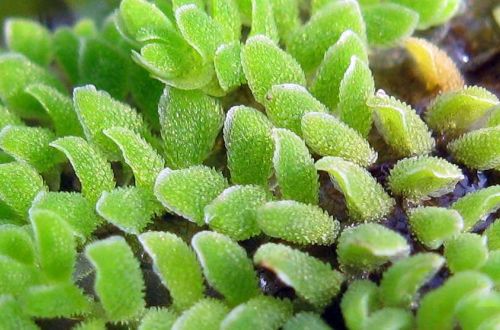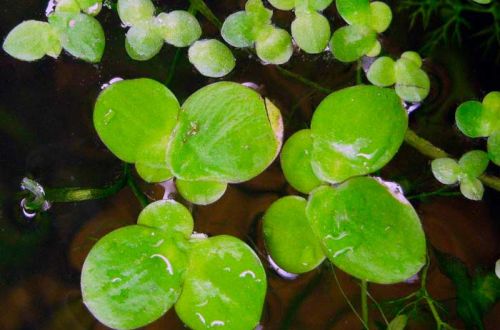
Amano Pearl Grass
Emerald Pearl Grass, Amano Pearl Grass, is sometimes referred to as Amano Emerald Grass, trade name Hemianthus sp. Amano Pearl Grass. It is a breeding variety of Hemianthus glomeratus, therefore, like the original plant, it was previously erroneously referred to as Mikrantemum low-flowered (Hemianthus micranthemoides). The latter name is often used as a synonym and, in relation to the aquarium trade, can be considered as such.
The name confusion doesn’t end there. For the first time as an aquarium plant, it was used by the founder of the natural aquascape, Takashi Amano, who called it Pearl Grass because of the oxygen bubbles that appear on the tips of the leaves. It was then exported to the US in 1995, where it was named Amano Pearl Grass. At the same time, it spread in Europe as Hemianthus sp. “Göttingen”, after the German designer of natural aquariums. And finally, this plant is confused with Hemianthus Cuba because of the resemblance. Thus, there can be many names of one species, so when buying, you should focus on the Latin name Hemianthus sp. “Amano Pearl Grass” to avoid confusion.
Emerald pearl grass forms dense bushes, consisting of single sprouts, which are a thin creeping stem with paired leaves on each whorl. It is by the number of leaves on the node that this variety can be distinguished from the original Hemianthus glomeratus plant, which has 3–4 leaf blades per whorl. They are otherwise identical, although aquarium designers feel that Amano Pearl Grass looks cleaner. In nutrient soil and in bright light, it grows to a maximum of 20 cm, while the stem becomes thin and creeping. With a lack of light, the stem thickens, the plant becomes low and more upright. In the surface position, the leaf blades become oval, and the surface is covered with tiny hairs. Under water, the leaves are elongated with a masonry surface and slightly curved.





